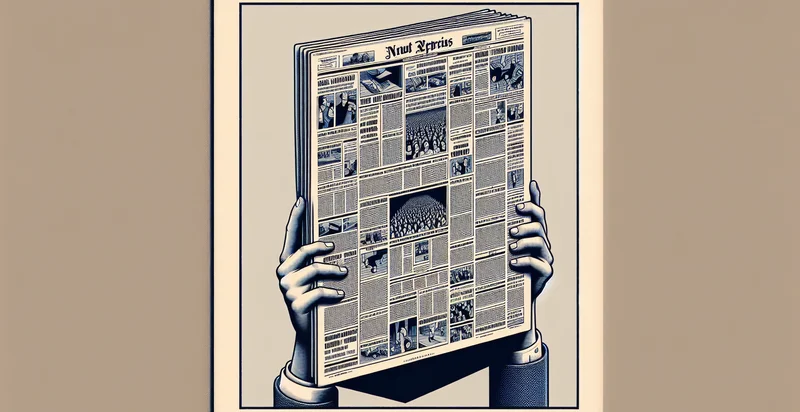Identify if envelope is upside down
using AI
Below is a free classifier to identify if envelope is upside down. Just upload your image, and our AI will predict if the envelope is upside down - in just seconds.


Contact us for API access
Or, use Nyckel to build highly-accurate custom classifiers in just minutes. No PhD required.
Get started
import nyckel
credentials = nyckel.Credentials("YOUR_CLIENT_ID", "YOUR_CLIENT_SECRET")
nyckel.invoke("if-envelope-is-upside-down", "your_image_url", credentials)
fetch('https://www.nyckel.com/v1/functions/if-envelope-is-upside-down/invoke', {
method: 'POST',
headers: {
'Authorization': 'Bearer ' + 'YOUR_BEARER_TOKEN',
'Content-Type': 'application/json',
},
body: JSON.stringify(
{"data": "your_image_url"}
)
})
.then(response => response.json())
.then(data => console.log(data));
curl -X POST \
-H "Content-Type: application/json" \
-H "Authorization: Bearer YOUR_BEARER_TOKEN" \
-d '{"data": "your_image_url"}' \
https://www.nyckel.com/v1/functions/if-envelope-is-upside-down/invoke
How this classifier works
To start, upload your image. Our AI tool will then predict if the envelope is upside down.
This pretrained image model uses a Nyckel-created dataset and has 2 labels, including Envelope Is Right Side Up and Envelope Is Upside Down.
We'll also show a confidence score (the higher the number, the more confident the AI model is around if the envelope is upside down).
Whether you're just curious or building if envelope is upside down detection into your application, we hope our classifier proves helpful.
Related Classifiers
Need to identify if envelope is upside down at scale?
Get API or Zapier access to this classifier for free. It's perfect for:
- Mail Sorting Automation: Implementing an envelope orientation identifier in mailing systems can enhance automated sorting machinery. By accurately determining if an envelope is upside down, the system can ensure addresses are always read correctly, improving overall sorting efficiency.
- Quality Control in Print Services: Print service providers can utilize this function to conduct quality checks on envelopes before shipping. By identifying incorrectly printed envelopes that are upside down, the service can minimize errors and ensure that customers receive correctly oriented documents.
- Fraud Detection in Document Handling: Financial institutions could integrate this identifier into their document processing systems to reduce the risk of fraud. By determining the orientation of envelopes, they can flag potentially tampered or suspicious envelopes where contents may have been altered before delivery.
- Enhanced User Experience in Mail Apps: Email services can leverage envelope orientation detection for improved digital mail sorting. By automating the recognition of upside-down physical mail, systems can provide users with insights on the positioning of the envelope, thereby streamlining organization and retrieval.
- Postal Service Efficiency: Postal services can deploy the envelope orientation identifier in sorting facilities to reduce human overhead. This technology can help to identify envelopes that require manual intervention, allowing staff to focus efforts on harder tasks, thus optimizing operational workflows.
- Lost Mail Recovery: This function can assist in the identification of lost or misdelivered mail by validating envelope positions in tracking systems. If an envelope is identified as upside down during tracking, the postal service can prioritize re-routing efforts, increasing the chance of recovery for misdirected mail.
- Compliance in Legal Document Handling: Law firms could utilize the envelope orientation identifier for compliance purposes when handling sensitive legal documents. Ensuring that documents arrive correctly positioned can help mitigate claims of misrepresentation or fraud, thereby strengthening the integrity of legal proceedings.


